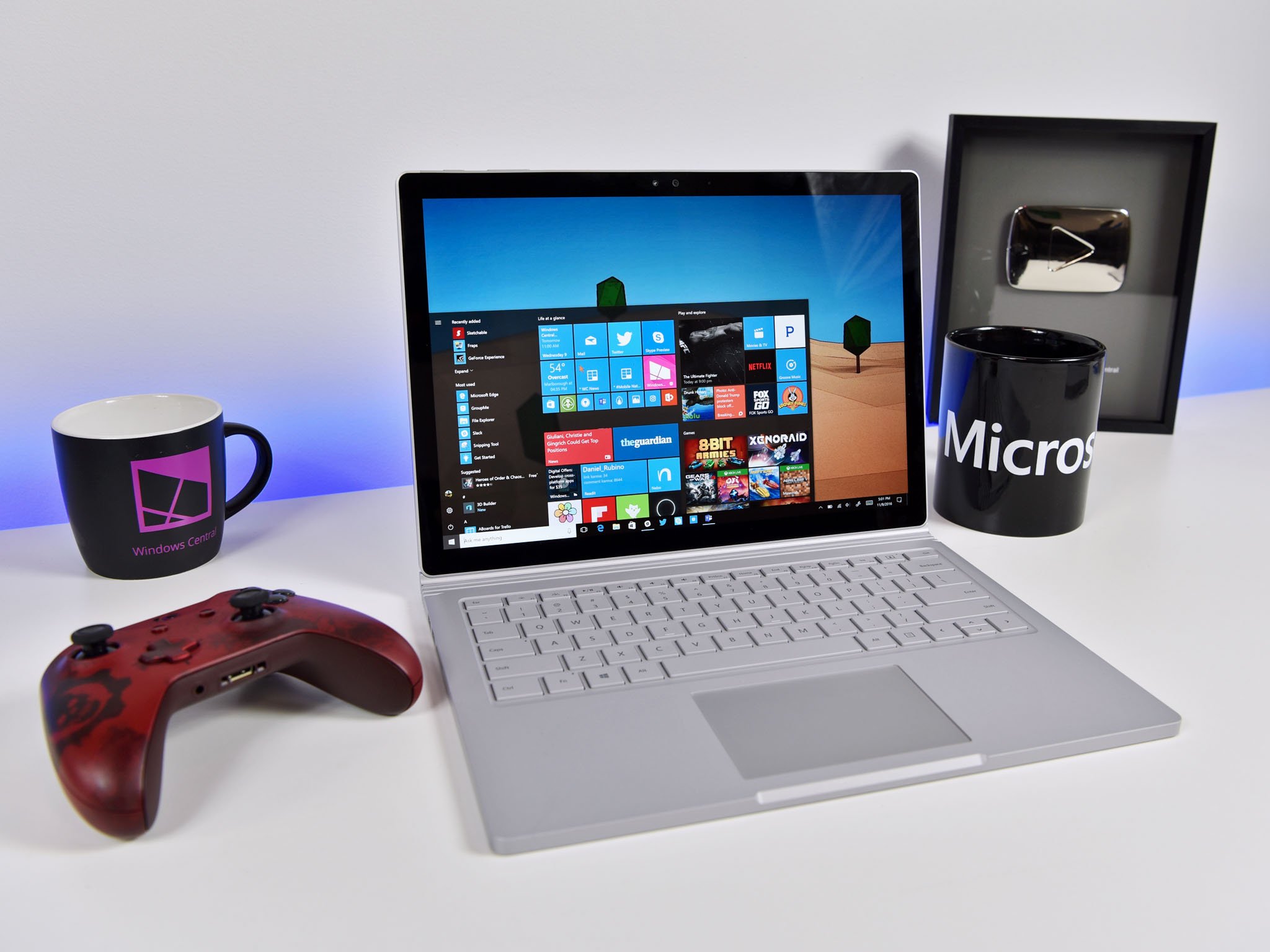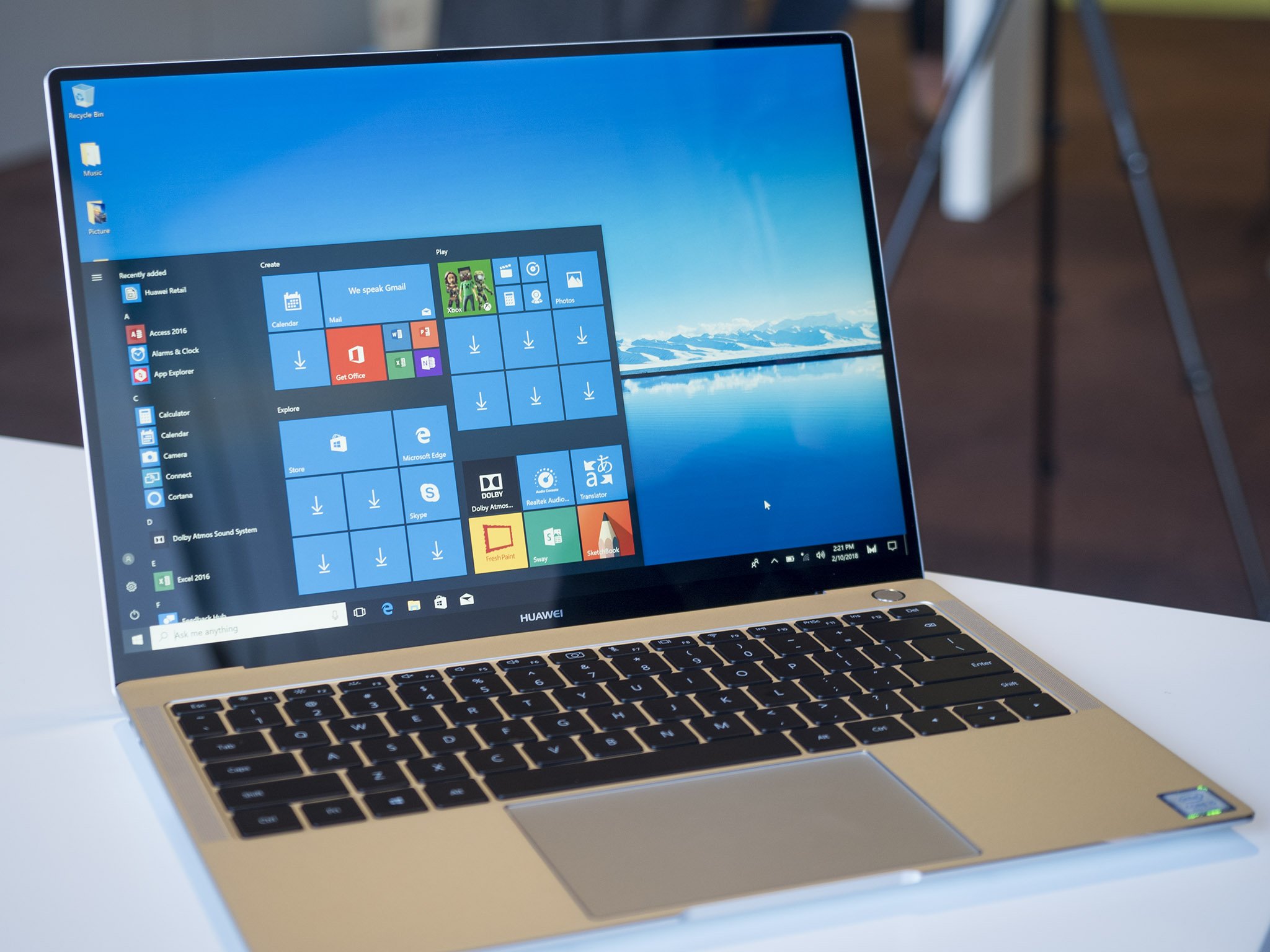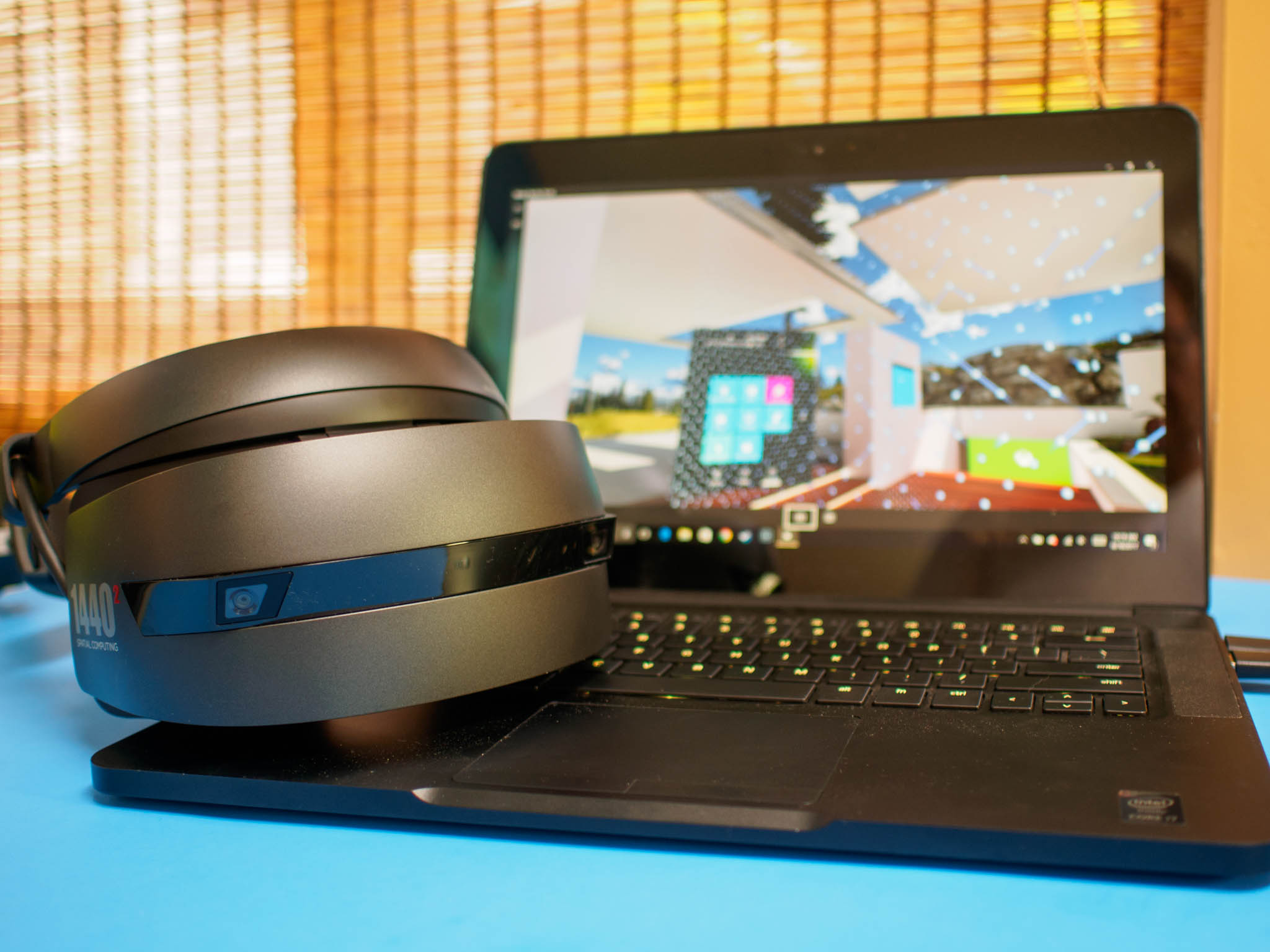How to tell if Windows 10 Home or Pro is right for you

You're interested in upgrading or making the switch to Windows 10, but you're not sure which edition is right for you. Like previous versions of Windows, there are a handful of options to choose from. Most have the same core features, plus some extras for specific types of users. Here's a breakdown of each edition and what it has to offer to help you decide which PC edition of Windows 10 is best for you.
- 64-bit or 32-bit Windows?
- Windows 10 core features
- Windows 10 Home
- Windows 10 Pro
- Windows 10 Enterprise
- Windows 10 Education
- Windows 10 S
- Wild-card: Windows 10 IoT Core
Do you need a 64-bit version or a 32-bit version of Windows 10?
Before choosing an edition of Windows that suits your needs, you must determine what bit version is right for your PC's hardware. The primary determinant there is the processor. Microsoft offers the option of 32-bit and 64-bit versions of Windows 10 — 32-bit is for older processors, while 64-bit is for newer ones.
Essentially, if your computer was made after 2007 it more than likely has a 64-bit processor in it. The 64-bit architecture allows the processor to run faster and more efficiently, and it can handle more RAM and thus do more things at once.
While a 64-bit processor can easily run 32-bit software, including the Windows 10 OS, you'll be better off getting a version of Windows that matches your hardware.
How to check if your PC can run a 64-bit version of Windows
- Right-click the Start button.
- Click System.
- Verify the System type line. It will tell you which OS you're currently using, and what type of processor (64-bit or 32-bit) you're using.
- If it says that you have an x86-based processor your computer has a 32-bit processor.
- If it says that you have an x64-based processor your computer has a 64-bit processor.
Windows 10 core features
These core features really make Windows 10 what it is and can generally be found in most versions of Windows (although some regions prohibit certain features).
Cortana is Microsoft's version of a digital assistant. It will set reminders, give information, and help you write text messages and emails — it also knows a joke or two.
Windows Hello is a biometric security system that uses facial recognition or a fingerprint scan to log you into Windows 10 and authenticate Store purchases. Some apps have also begun including Windows Hello integration, a step in the secure direction.
All the latest news, reviews, and guides for Windows and Xbox diehards.
Virtual Desktop allows you to create multiple desktops that you can switch between with the click of a button. You can move windows between desktops and easily keep track of multiple ongoing projects.
Windows Ink has a growing number of compatible apps that let you edit, annotate, and doodle with a digital pen. It's incredibly easy to take notes, and you can even create works of art.
Edge is Microsoft's signature web browser and its Internet Explorer replacement. It's designed for the modern internet user. With an e-reader function, new extensions, and constant updates coming all the time, there's no telling how far Edge can go.
Windows Defender is software that protects your computer from viruses and malware. It runs full-time and will let you know if anything suspicious is happening or if it thinks you're about to do something unsafe. It also receives constant updates to ensure it's protecting as well as possible.
Windows Mixed Reality (WMR) is Microsoft's step into VR. Windows 10 includes the software needed to get started, though the hardware from various third-party manufacturers is sold separately. For more information, be sure to have a look at our Windows Mixed Reality ultimate guide.
Windows 10 Home
Windows 10 Home edition is perfect for anyone who wants that familiar, streamlined Windows experience everyone loves. Users who are not super concerned about the security of business data and who don't have a ton of devices to manage will not feel there's anything missing from Windows 10 Home.
For the gamers out there, Windows 10 Home allows you to sync Xbox Live accounts, giving you full access from your PC. If you own an Xbox One, you'll even be able to stream and play games on any PC on your local network. There's also a Game Mode that increases performance while gaming and a broadcast feature that lets you stream straight from your PC to Mixer without any third-party software.
Included in the Home edition are familiar productivity apps such as Calendar, Mail, Maps, Movies & TV, and Photos. Windows 10 Home is a one-time purchase that currently costs about $120.
Bottom line: Windows 10 Home edition has everything a standard PC user wants and will deliver a familiar Windows experience.
Windows 10 Pro
If you're running a small business and feel you need an assistant, why not hire Windows 10 Pro? You're getting the same core features, same gaming perks, and same productivity apps as Windows 10 Home, plus a bunch of extras that professionals love, including Microsoft Hyper-V.
Perhaps most notable is Windows Update for Business, Microsoft's free service that's available also for Windows 10 Enterprise users. Within are a bunch of added security tools perfect for professionals, including multi-layer protection — device, identity, application and information — and a rigorous update program that prevents devices from falling behind on proper security.
Apps like Device Guard and Secure Boot, both exclusive to Windows 10 Pro, ensure that your devices aren't hijacked by malware and other malicious software no matter the user, and they provide some valuable added security for lone users. There is also the addition of BitLocker, a useful encryption tool that lets you put a lockdown on all your drives.
Speaking of devices, Windows 10 Pro is ideal for businesses that use Choose Your Own Device (CYOD), a program that allows employees to choose from a list of varying devices — smartphones, tablets, and PCs — that have been pre-approved by the company.
Windows 10 Pro is a one-time purchase currently for about $200.
Bottom line: Windows 10 Pro is geared toward small businesses and PC devotees, but standard users can also use it without bothering with the added features.
Windows 10 Enterprise
Windows 10 Enterprise is an upgrade from Windows 10 Pro that features Microsoft's Windows Update for Business, plus access to Long Term Servicing Branch (LTSB) updates. LTSB allows organizations to update Windows 10 security measures without changing the function of Windows 10. This is ideal for situations where teaching a large group of employees how to use a new tool isn't feasible.
There are two versions of Windows 10 Enterprise available for purchase: E3 and E5. Enterprise E3 comes with the features mentioned above, as well as the Microsoft Desktop Optimization Pack, which allows employers to virtually manage employees' PCs. Enterprise E5 has everything Enterprise E3 has, plus access to a beefed up version of Windows Defender known as Windows Defender Advanced Threat Protection.
Businesses interested in Windows 10 Enterprise must first purchase Windows 10 Pro, then pay a licensing fee to upgrade to Enterprise. For this reason, Enterprise is designed for medium and large businesses only, and pricing is based on volume.
Bottom line: Windows 10 Enterprise edition is designed specifically for medium to large businesses and organizations — its volume licensing and security features are not designed for lone users.
Windows 10 Education
Windows 10 Education builds on the security and update foundation found in Windows 10 Enterprise, but it focuses explicitly on providing tools for students, teachers, and administrators. One notable difference from Windows 10 Enterprise is the lack of ability to join Microsoft's LTSB, the security-over-function update method.
Windows 10 Education is available only through academic licensing, and pricing is again based on volume. Where Enterprise was an upgrade from Windows 10 Pro, Education can also be an upgrade from Windows 10 Home.
Bottom line: Windows 10 Education edition is geared toward academic institutions. Volume licensing and the focus on education apps and utilities are not for lone users.
Windows 10 S
Rather than classifying as a full edition of Windows 10, "S" is a mode that runs on either Home or Pro versions of the OS. It's designed to optimize security and performance, and it runs only apps that are downloaded from the Microsoft Store and browses the internet through Edge. Anyone with Home or Pro editions can make the upgrade at any time, but it's not a forced update. You can also switch out of S mode at any time, reverting back to Home or Pro, though you can't switch back once you've gone one way.
There are likewise S versions for Enterprise and Education editions, which operate mostly the same as their standard siblings, though with the same streamlined experience. When buying a new laptop or PC, be sure to check with the manufacturer to determine what version of Windows 10 you're getting!
Bottom line: Windows 10 S is now a mode that can be enabled on Home or Pro (including Enterprise and Education) to deliver a more streamlined experience.
Wild card: Windows 10 IoT Core
Are you someone who loves to tinker with electronics? Maybe you're in the business of building consumer ease-of-use gadgets. Whatever your niche, Windows 10 IoT Core (IoT stands for Internet of Things) is a customizable Windows platform that can be applied to many different scenarios.
Want to program a robot you created from scratch? Use Windows 10 IoT Core. Want to retrofit your old radio with internet access? Windows 10 IoT Core. The possibilities are nearly endless when you combine Arduino's open-source community and development boards such as Arrow DragonBoard 410c and Raspberry Pi 3.
Windows 10 IoT Core is free for all users and can be downloaded from Microsoft's website now{.nofollow}.
Bottom line: Windows 10 IoT Core is for advanced users and inventors — or anyone who just wants to mess around with a neat tool.
See at Microsoft Store
More resources
How to upgrade Office 365 Personal to Home edition so you can use it on more devices
Updated May 3, 2018: I refreshed this list with information about Windows 10 S (and a bunch of other small stuff!) to ensure you're still getting an accurate comparison of Windows 10 editions.

Cale Hunt brings to Windows Central more than nine years of experience writing about laptops, PCs, accessories, games, and beyond. If it runs Windows or in some way complements the hardware, there’s a good chance he knows about it, has written about it, or is already busy testing it.









